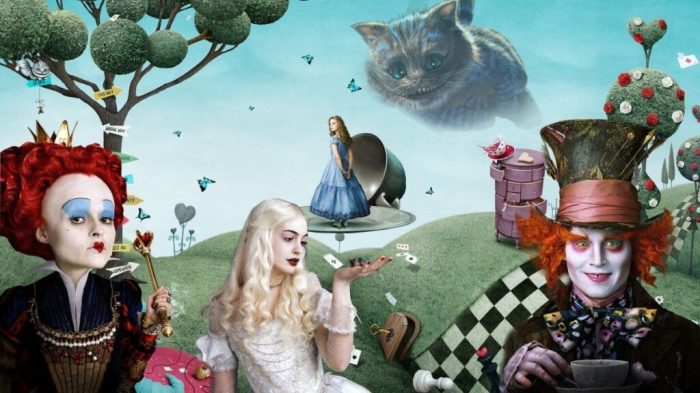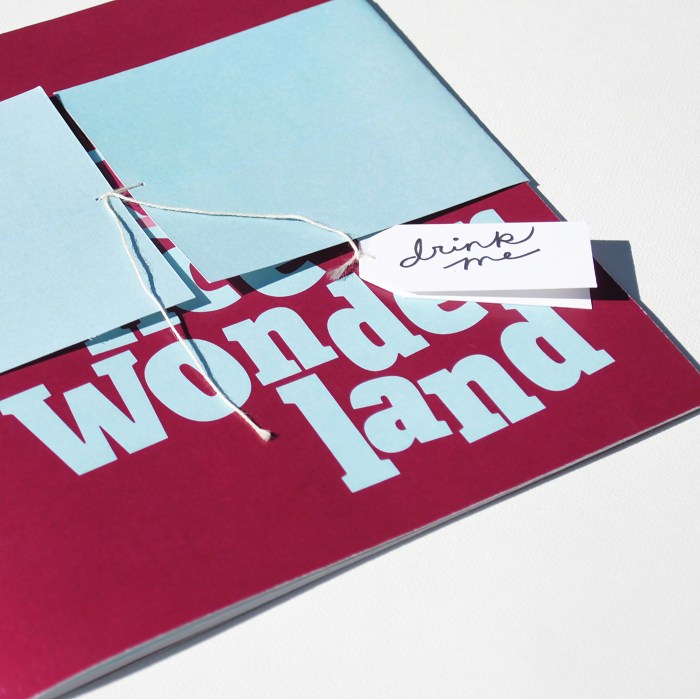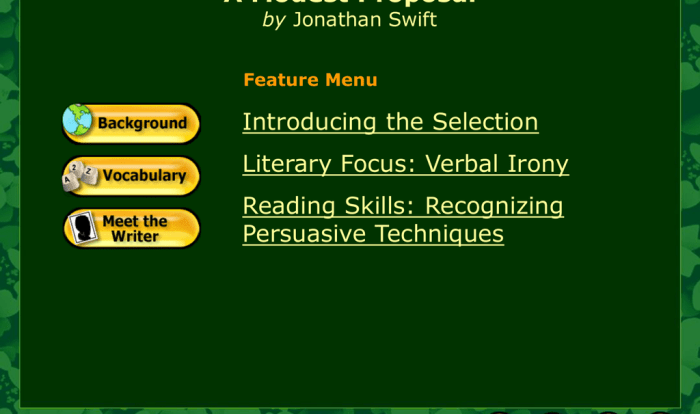Alice in wonderland monologue alice – The “Alice in Wonderland” monologue, delivered by the titular character, offers a captivating exploration of identity, growth, and the complexities of the human experience. As Alice navigates the surreal landscape of Wonderland, her journey serves as a poignant allegory for the challenges and triumphs of growing up.
Through its rich symbolism and literary techniques, the monologue delves into the depths of Alice’s psyche, revealing her fears, aspirations, and the transformative power of self-discovery.
Character Analysis of Alice
Alice, the protagonist of “Alice in Wonderland,” is a complex and multifaceted character. She is initially portrayed as a curious and imaginative child, but her journey through Wonderland forces her to confront her own insecurities and limitations.Alice’s personality is characterized by her curiosity, intelligence, and independence.
She is not afraid to question authority or explore the unknown. However, she is also prone to self-doubt and anxiety, which can sometimes lead her to make impulsive decisions.Throughout her journey, Alice undergoes a significant transformation. She learns to be more assertive and self-reliant, and she develops a greater sense of empathy for others.
However, she also realizes that the world is not always as simple or logical as she once believed.
Alice’s Motivations and Conflicts
Alice’s motivations are driven by her desire for adventure and her search for meaning in her life. She is drawn to Wonderland because it offers an escape from the mundane reality of her everyday existence. However, her journey through Wonderland also brings her into conflict with her own fears and insecurities.Alice’s
primary conflict is between her desire to be herself and the pressure to conform to societal expectations. She is often criticized for her curiosity and imagination, and she feels like an outsider in her own world. In Wonderland, she is able to embrace her true self, but she must also confront the consequences of her choices.
Symbolism and Motifs in the Monologue
Alice’s monologue is rich in symbolism and motifs. These elements contribute to the meaning and themes of the story by providing a deeper understanding of Alice’s character and her journey.
Key Symbols and Motifs
*
-*The White Rabbit
The White Rabbit represents Alice’s desire for adventure and her fear of the unknown.
-
-*The Cheshire Cat
The Cheshire Cat represents Alice’s curiosity and her ability to see beyond the surface of things.
-*The Mad Hatter’s Tea Party
The Mad Hatter’s Tea Party represents Alice’s confusion and her struggle to make sense of the world around her.
-*The Queen of Hearts
The Queen of Hearts represents Alice’s fear of authority and her desire to be independent.
-*The Looking-Glass House
The Looking-Glass House represents Alice’s journey into her own subconscious and her discovery of her true self.
The Role of Symbolism
The symbolism in Alice’s monologue allows the author to convey complex ideas and emotions in a concise and evocative way. It also helps to create a sense of mystery and wonder, which is essential to the story’s overall tone.
Context and Historical Significance

“Alice in Wonderland” was written by Lewis Carroll in 1865. The story is a reflection of the Victorian era, which was a time of great social and cultural change.
Historical Context
The Victorian era was a time of rapid industrialization and urbanization. This led to a sense of social dislocation and a longing for a simpler time. “Alice in Wonderland” taps into this nostalgia by creating a world that is both familiar and strange.
Social and Cultural Influences
The story is also influenced by the Victorian era’s fascination with science and the supernatural. Alice’s journey through Wonderland can be seen as a metaphor for the Victorian era’s search for knowledge and meaning in a rapidly changing world.
Literary Techniques: Alice In Wonderland Monologue Alice
Carroll uses a variety of literary techniques in Alice’s monologue to enhance its emotional impact and meaning.
Imagery
Carroll uses vivid imagery to create a sense of wonder and excitement in the reader. For example, he describes Alice’s journey through Wonderland as a “series of adventures, all more or less extraordinary.”
Metaphor, Alice in wonderland monologue alice
Carroll also uses metaphors to compare Alice’s experiences to familiar objects and events. For example, he compares Alice’s journey to a dream, and he describes the Mad Hatter’s Tea Party as a “mad tea-party.”
Repetition
Carroll uses repetition to create a sense of rhythm and momentum in the monologue. For example, he repeats the phrase “curiouser and curiouser” several times throughout the story.
Monologue Structure and Delivery

Alice’s monologue is structured as a series of vignettes, each of which describes a different encounter that Alice has during her journey through Wonderland. The monologue is delivered in a conversational tone, which makes it feel like Alice is telling the story directly to the reader.
Structure
The monologue is divided into three parts: an introduction, a body, and a conclusion. The introduction sets the scene and introduces Alice’s character. The body of the monologue describes Alice’s adventures in Wonderland. The conclusion brings the monologue to a close and reflects on Alice’s experiences.
Delivery
The monologue can be delivered in a variety of ways, depending on the performer’s interpretation. It can be read aloud, recited from memory, or even acted out. The performer should focus on conveying Alice’s emotions and experiences in a clear and engaging way.
Query Resolution
What is the significance of the “Drink Me” and “Eat Me” potions in the monologue?
These potions represent Alice’s desire for transformation and her willingness to embrace the unknown. By consuming them, she undergoes physical and psychological changes that propel her journey forward.
How does the monologue reflect the Victorian era’s attitudes towards childhood?
The monologue embodies the Victorian fascination with innocence, imagination, and the transition from childhood to adulthood. Alice’s experiences in Wonderland mirror the social and psychological challenges faced by children during this period.

